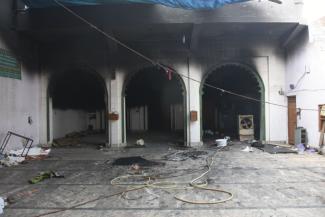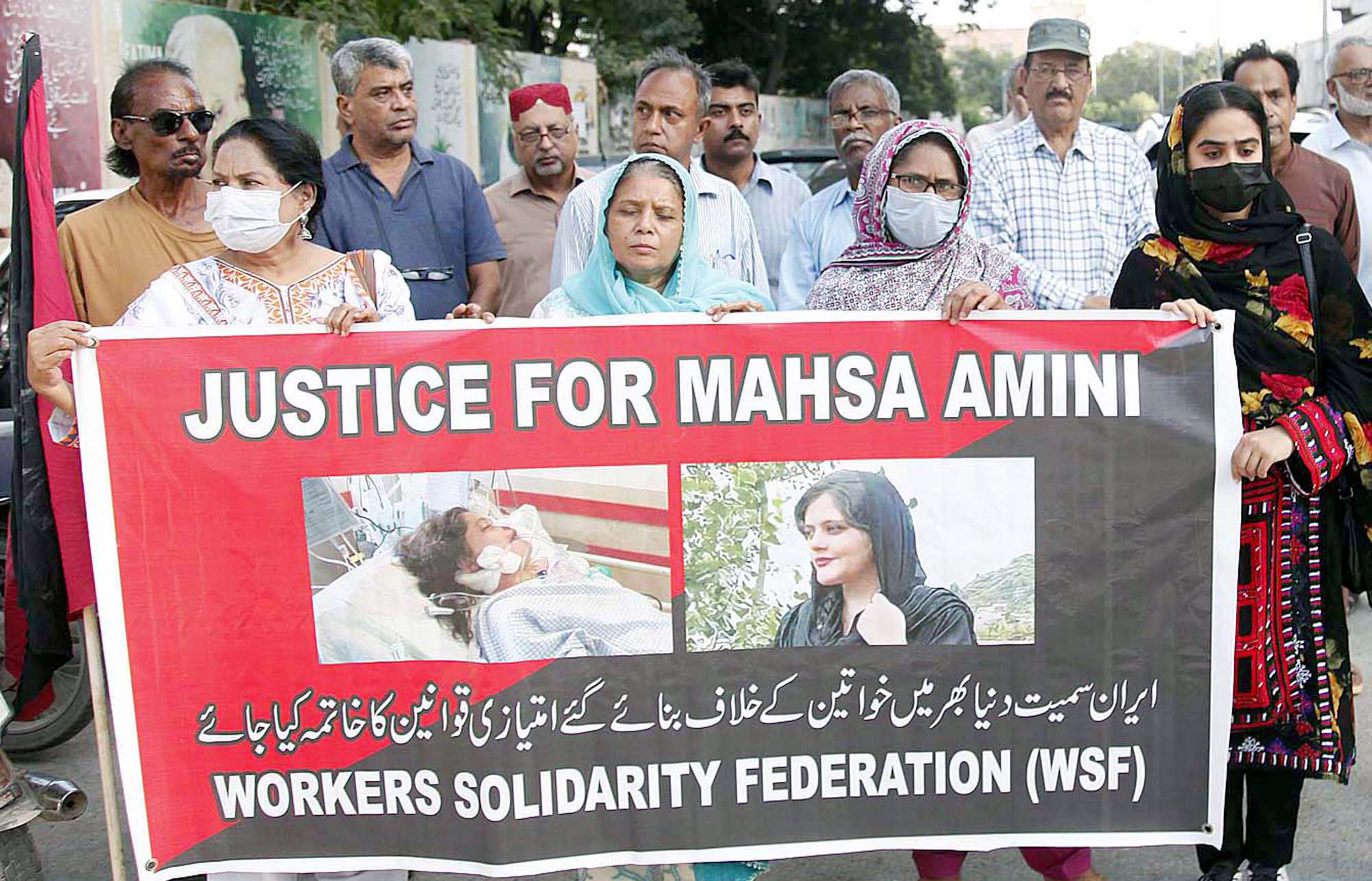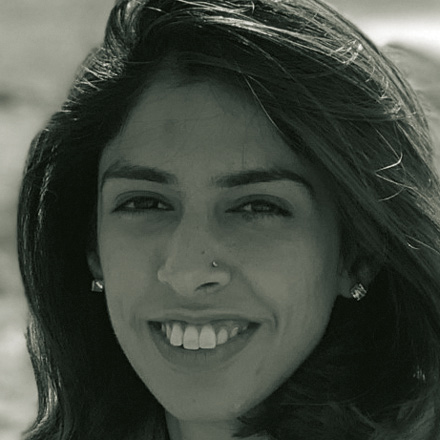Blog
In Delhi, fire has followed hate speech

As Arfa Khanum Sherwani elaborated on our platform recently, India is currently witnessing an unprecedented protest movement against the Hindu-supremacist government of Prime Minister Narendra Modi. The movement includes people from all religious faiths, though Muslims play a prominent role. That is not surprising. The list of this community’s grievances is growing continuously in Modi’s India. Since protests began in December, the opposition movement managed to stay non-violent.
Since the protests began in December, on the other hand, Hindu-chauvinist agitators repeatedly tried to provoke aggressive responses. They largely failed. Depressingly, that has now changed.
Some Hindu supremacists have been doing what they could to turn a political controversy concerning constitutional rights into a fight between members of their faith and Muslims. Some of them are local-level leaders of the BJP, Modi’s party. The current rioting in Delhi started when Kapil Mishra, a low ranking BJP official, expressed an ultimatum to the Delhi police, stating that they must allow another protest camp like the famous one in Shaheen Bagh in the capital city’s south-east to become established in its north-east. Mishra then led an aggressive rally to where protesters were beginning to camp. Violent clashes followed, with Hindu fanatics on one side and a predominantly Muslim crowd on the other.
According to eyewitnesses, the police not only failed to stop the rioting, but rather encouraged and even supported the Hindu mob. It is depressing that an officer was killed – but it does not indicate that the police were doing their best to stop the fighting.
In the past three days, there have been various cases of arson. Even mosques have been set ablaze. Shops and homes in predominantly Muslim areas have been burnt down. It is too early to tell whether the worst is over. To judge by the websites of Indian quality media, Hindu-chauvinist hooligans are still roaming around north-eastern Delhi, and what is going looks increasingly like an anti-Muslim pogrom.
Prime Minister Modi has not done anything specific in public to rein in the fanatics. His stance reminds everyone of how he failed to stop murderous anti-Muslim riot, when he was serving as chief minister of Gujarat in 2002. This time, it took Modi until Wednesday to express a generic appeal, calling for peace and harmony in general terms, but not admonishing any of the Hindu-extremist provocateurs who are fanning the flames – mostly metaphorically but now literally too.
Benefitting from identity politics
International media have been paying comparatively little attention to what is happening in India. They did a good job of covering Hong Kong’s pro-democracy movement, but they have largely neglected India’s mass movement to protect the secular constitution. Yes, democracy in Hong Kong matters. However, the city state of 8 million people is far less important than the world’s second most populous nation of 1.3 billion people. For far too long, western media have pretended that a battle is raging in Modi’s soul, and expressed the hope that the economic reformer will eventually prevail over the Islamophobic exploiter of identity politics. His track record in Gujarat, however, always spoke for itself. Because of the many dead in 2002, Modi was long ostracised by western governments before he became prime minister in 2014.
As I wrote six years ago, my hunch was always that he would resort to aggressive identity politics once the economy turned sour. That worry now seems to be coming true. I am proud to say that one of my favourite journalists, Martin Wolf of the Financial Times (paywall) now shares my view. No, Modi is not actively inciting anti-Muslim violence, but he is tolerating tacitly. That is precisely what he did in Gujarat in 2002. He lets fanatic perpetrators of violence feel that he is on their side, and makes them believe he is not saying so because it would be politically inconvenient.
It is noteworthy, moreover, that BJP leaders in general are downplaying the constitutional dimensions of the ongoing political dispute, but keep stoking fear of Muslims trying to establish an Islamic state or crowding out Hindus. The BJP has a long history of thriving on destructive identity politics, but no track record of economic liberalism. It wants India to be a Hindu nation, not the diverse nation it quite evidently is. The pattern of BJP hate speech – as exemplified by Mishra in Delhi – is scary.
The current situation may yet escalate terribly. If violence spreads from Delhi to other cities, anti-Muslim pogroms could ultimately rock the entire nation – and that might trigger revenge, rioting in Pakistan and Bangladesh. Vulnerable Hindu minorities live in both countries.
Some Indian observers worry what it will mean for India’s international reputation that the riots have now overshadowed US President Donald Trump’s state visit. That is actually not of major relevance. What matters is whether India’s ruling party continues to make manipulative use of its nation’s deep faultlines to distract from the failure of its economic policies. If it allows violence to escalate further, India’s international reputation will certainly suffer, and Trump’s visit will soon be forgotten. Either way, Modi probably feels encouraged by the visit of the US president who is known better for his appreciation of strongmen than for his concern for constitutional principles.
This blog post is based on information I gathered from the websites of The Guardian and the Financial Times as well as the following Indian quality media:
https://www.telegraphindia.com/













